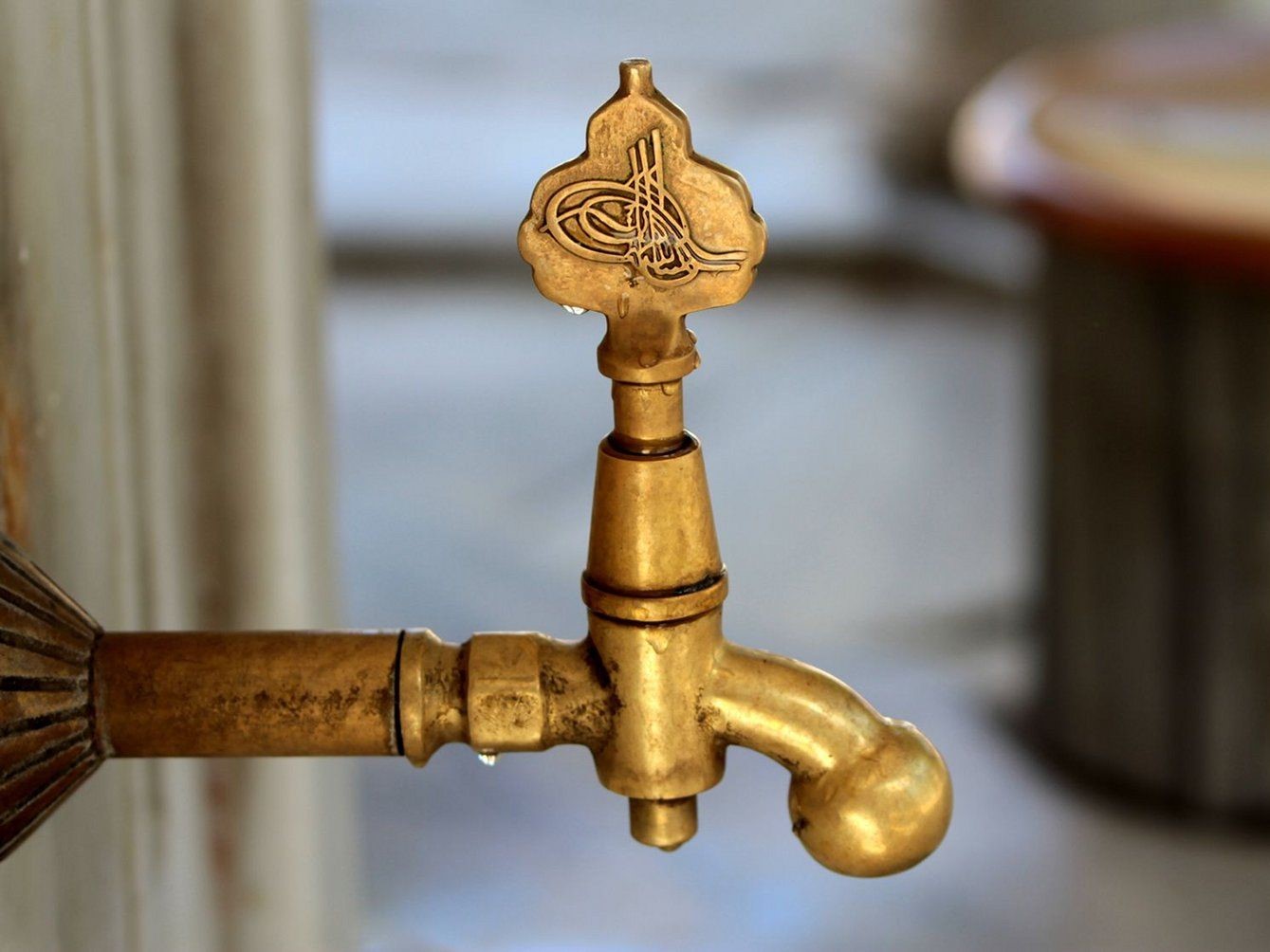
 Alberto Improda
Alberto Improda
Italian Design: The Italian Taps and Faucets District. The Design of Yesterday, Today and Tomorrow
- WTI Magazine #167 Sep 23, 2023
-

 Alberto Improda
Alberto Improda
The faucet is a very ancient and very contemporary product about which Italian Companies have an important tradition.
The first archaeologically attested taps date back to Roman times and consist of the so-called "valvulae," elementary devices of the "male" type, in which the rotation of a perforated cylinder allowed or prevented the passage of water.
In Ancient Rome, with the development of an extensive network of aqueducts and the gradual increase in population, a flourishing activity related to the production of taps, lead pipes, tanks and stoves for heating water took hold.
Also in the Eternal City, examples of "mixers" have been found, thanks to which it was possible to deliver cold water or, alternately, hot water.
In medieval times, with the fall of the Roman Empire and the collapse of the aqueduct network, taps were used mainly to regulate the flow of liquids from vessels.
They were still cylindrical "male" taps, but the size was usually quite small: the devices were attached to small wooden or metal vessels, such as basins and so on.
In large places of worship it was quite usual to use a basin, fitted with two faucets, above a large basin for liturgical purposes.
The invention of the screw tap dates back to 1800 and is attributed to Thomas Grill, an enterprising English hardware merchant: thanks to this device it was possible, for the first time, to graduate the flow of water.
The experience of our companies in the field of faucets has historically found its epicenter in a beautiful area of Upper Piedmont, also known as Cusio, from the ancient name of the hydro-geographical basin of Lake Orta.
Here, straddling the provinces of Novara and Verbano-Cusio-Ossola, the Faucets and Valves District has developed, an industrial settlement of international significance, which today brings together more than 400 companies in the sector, of various sizes and types.
The cluster, according to the latest available data, determined a turnover of at least three billion euros in 2022, with an employment pool of about 11,500 jobs.
In San Maurizio d'Opaglio, to tell the story of the evolution of the industrial district and the relationship between Humanity and Water, the "Museo del Rubinetto e della sua Tecnologia” (Museum of the Faucet and its Technology) has also sprung up, recognized as one of the "Italian Design Gems" by the Milan Triennale.
Giulio Pettinaroli, President of the Museum, said, "The tap and valve district was born from an ancient tradition of metalworking, attested in the territory as early as the late 15th century.
At the end of the 19th century in this area families of brass workers and bellmakers, who had been working with metals for generations, began to build new products that found a growing market: these were valves and faucets that made their appearance in large cities and then spread to holiday homes and hotels.
After World War I and with the acceleration of urban expansion, the market grows so dynamically that some Novara companies manage to place their products abroad as well.
The experience gained as turners prompted young people to set up on their own, even associating with some experienced foundrymen: the first taps and fittings sprang up in Pogno and Gozzano, where there was availability of hydraulic power, while in San Maurizio d'Opaglio the first firm, F.lli Uberti, was founded of 1919, when the arrival of electricity made it possible to install lathes even far from waterways."
The Second Post-World War II naturally presented a very difficult situation in the area as well, due to the damage caused by the World War and the lack of raw materials, but "the economic boom of the 1950s also invested the faucet and valve sector, leading to the rise of companies specializing in the production of specific products of increasingly high quality, both in the field of plumbing faucets and components."
Today, the district's firms are particularly committed to coping with the many needs that come from the economy of our days.
In the first place, for some decades now, faucets have become an integral part of furniture and have taken on an unprecedented importance from the aesthetic point of view, which is why the firms in this sector have become a field of action for the most advanced and appealing design.
The peculiar characteristics of the products in question, moreover, determine a close connection with the themes of sustainability and impose on the companies of the sector a particular effort of innovation, in several aspects and along different directions.
On the one hand, in fact, companies are increasingly using materials and implementing processes such as to minimize the impact on the ecosystem, with the use of substances that respect health and the environment.
On the other hand, final products are designed in such a way as to make an active contribution to environmental protection, adopting solutions that contribute to the elimination of waste and the reduction of consumption.
From the "valvulae" of Ancient Rome to the companies of the Cusio District, in short, Italian Design has always been at the forefront in the field of faucets.
That is to say, in a sector of the Enterprise particularly in contact with a vital element such as water and therefore with the daily existence of people, a faithful mirror of the evolution - both technical and values - of innovation.